The Hidden Meaning Behind Tenet, And All The Best Fan Theories And Easter Eggs

This article contains many, many spoilers for Tenet.
All I have is a word for you: confusing.
If you've walked out the cinema after seeing Tenet, you might now be feeling as though your brain is simultaneously exploding and slowly being pieced together, like the building we saw doing just that.
Even if you've managed to wrap your head around time inversion and the closed loop ending, there are still other threads which Nolan has stitched into the film that are worth picking up on. There's also plenty of fan theories currently being debated – and disproven – now that the film has seen the dark of cinemas in some parts of the world.
Buckle up, here's what we have so far:
What the word 'Tenet' means
In the film we are told that Tenet is a word and a gesture which will open wrong and right doors for The Protagonist. Tenet is the name of the secret organisation which is fighting the temporal war against the future to stop WWIII, but there's also the hidden trick that 'Tenet' is ten minutes forward and ten minutes backwards, as happens in the temporal pincer movement in the city at the close of the film.
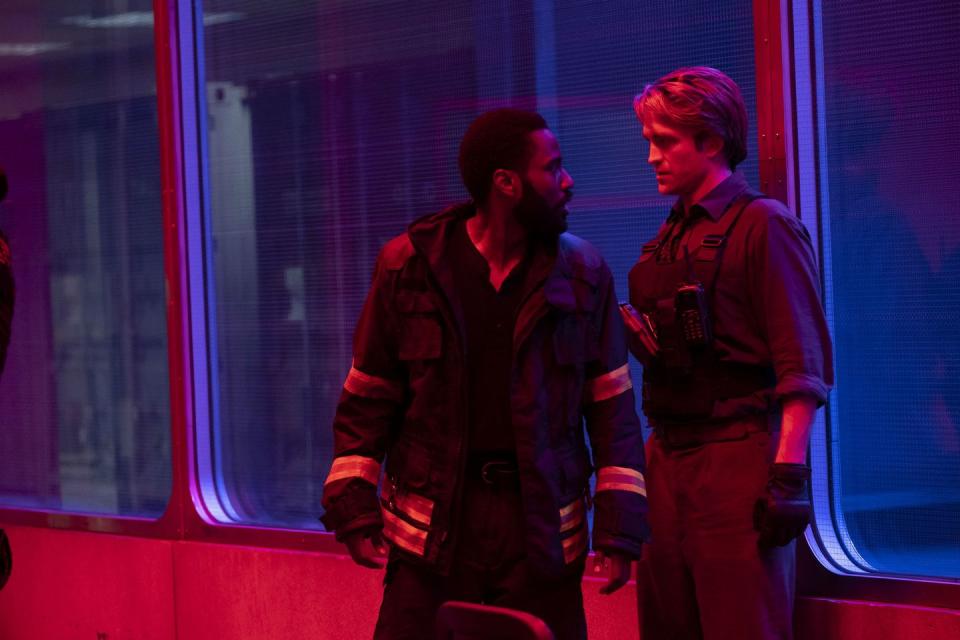
The Sator Square palindrome
The Sator/Rotas square is a word square containing a five-word Latin palindrome. In the film each of the words of the square correspond to a plot point, SATOR being Andrei Sator; AREPO as in Thomas Arepo, the forger of the Goya painting; TENET relating to the organisation and the film title; OPERA referring to the opening siege; and ROTAS correlating to the security company at the Freeport in Oslo, and the rotation of the turnstiles that either invert or uninvert (vert?) people and objects.
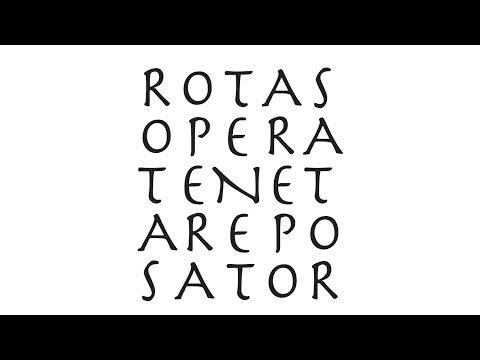
Tenet is a sequel to Inception
Speculation about whether Tenet is a sequel to Inception has been rampant, with John David Washington telling Esquire in an interview: “I’d say [Tenet] is an in-law to Inception. They’re related by marriage."
There isn't any suggestion in the film that the two are of the same world, rather we get the impression that Tenet is a spiritual successor to Inception, with Nolan explaining that his latest film is for the spy genre what Inception was for the heist genre. Both films involve a mission in which operatives must pass through different passages of time to complete, as well as circling around ideas of trickery and illusion, and inverting ideas about good and evil. But Nolan, who aside from his Batman trilogy has not been tempted by sequels thus far, seems to be keener on creating the physics and mechanics of a new world and uprooting us rather than placing us back in a world where he is no longer two steps ahead.

Neil is Kat's son
A lot of people are wondering whether Neil is in fact Kat's son and that when Neil says they know each other in the future it is because Kat and The Protagonist stay close and he serves as a substitute father figure to Max as he grows up. This does seem to be subtly hinted both in the ending for the film and in the scene where Neil is with Kat at her bedside on the boat when she is recovering from her injury.
One of the problems with this theory is the fact we already know Max's name. If Nolan wanted to leave his future identity ambiguous, wouldn't he have omitted his name as he did with The Protagonist? That said, Nolan has said in relation to Pattinson's character in interviews that, “We think he may be called Neil. You never really quite know what’s going on with these identities.”
The other issue is that in order for this to be possible, Neil would have had to live through time in reverse for at least a decade in order to go back to the point when he was a child which feels implausible, both physically and as a plot point. It would be deeply tedious to be stuck inside one of those oxygen chambers for a decade. Plus everything on Netflix would run backwards.
Ives is actually Kat's son
Similarly, the idea that Kat's son grows up to be Ives (the beardy commander played by Aaron Taylor-Johnson) has been offered as a counter-theory to the idea that he grows up to be Neil. Again there's the name issue, although an army officer might take a different nickname or title. There's also the fact the young blonde boy does have less of a visual resemblance to dark-haired Ives, whereas Pattinson dyed his hair blonde to play Neil.
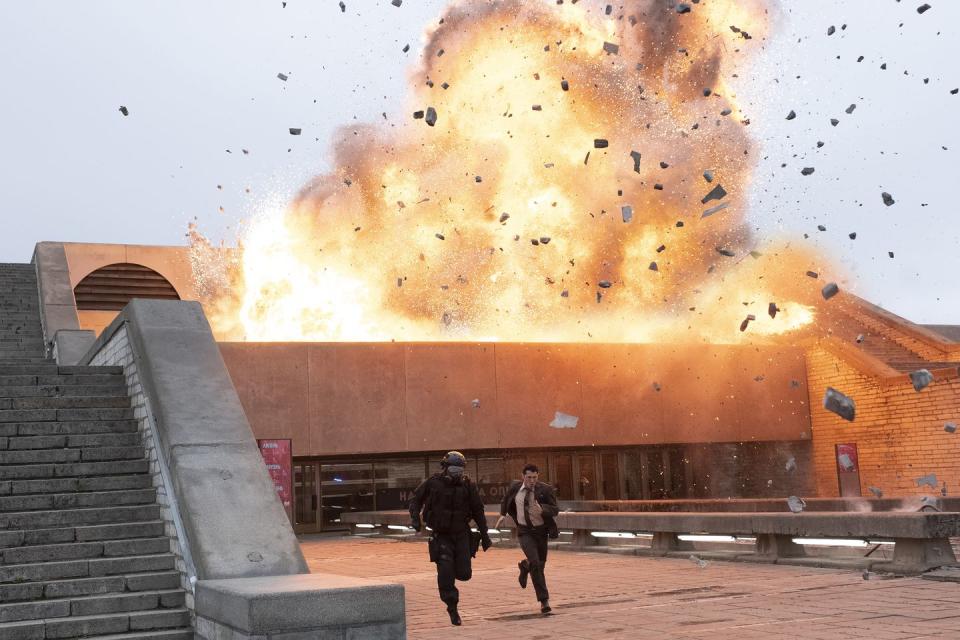
Tenet is about stopping 9/11
A while back there was a theory making the rounds on the internet that the operation involved was about going back in time in order to foil the September 11th attacks. The link was made because George Tenet was director of the CIA at the time of the terrorist attacks. “Obviously, it is a biopic about George Tenet, director of the CIA from 1996 through 2004, and the set of catastrophic intelligence failures he oversaw that led to the Iraq war,” Chris Bonanos, the city editor of New York, told Vulture. “It’s the feel-good movie of the pandemic.”
Unless that plot was obscured from the viewer within the entirely different plot we witness in the film, Tenet is definitely not about this.
Maxwell's thought daemon
Tenet is heavy on quantum physics, but one scientific theory it references is easily missed if you're not paying attention or in ownership of a PhD. In the film we see the significance of red and blue, most prominently in the climatic battle where teams are split into groups with these colours as a way to differentiate those who are travelling through time forward and those who are inverted and travelling through it backwards.
We see the same colours in turnstile scene where Kat is shot, with the present version of Sator in the red container with The Protagonist while he watches the past version of Sator the blue container with a gun held to Kat's head. This could well be a Nolan nod to Maxwell's Demon thought experiment, which we see drawn on a whiteboard in the background of a scene where The Protagonist practises catching bullets. Put simply the thought experiment is a theoretical method of breaking natural constants, such as entropy, by two isolated systems with separate particles and laws changing if a door is opened to connect these two systems. In the diagrams of the thought experiment we see red and blue particles entering another system, as with the red and blue of the future and the past altering each other in Tenet, when a daemon opens a door between the two.
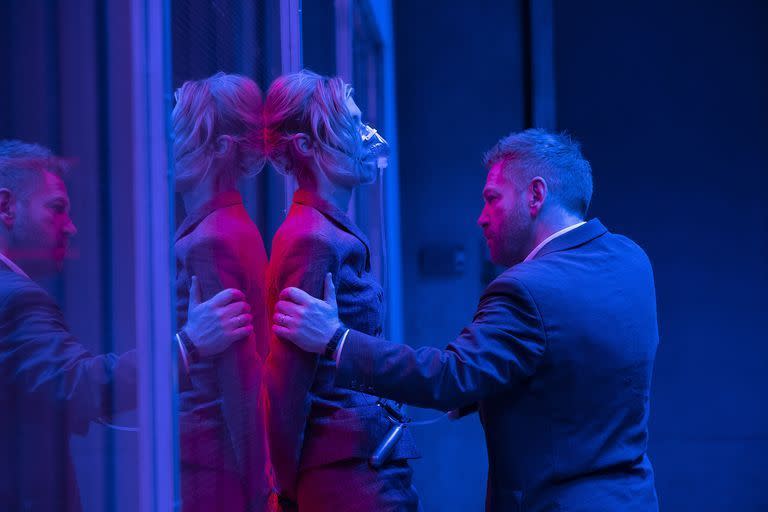
Tenet is set up for a sequel
The ending of the film is a closing of the loop which allows us to peer into a future we don't get to see; one where The Protagonist recruits Neil after he has set up the Tenet mission. The fact that we leave knowing a large amount of the set up of the story is something we never see feels like Tenet is laying the groundwork for a sequel in which we witness their bromance blossom and see the moment in which The Protagonist starts Tenet. If this was a Marvel or Disney film, or one in the hands of another director, then this would probably be inevitable, however for the same aforementioned reasons about Nolan and sequels it seems unlikely we're going to see more from the Tenet-verse. He seems like the sort of auteur who shows us snippets of how he arrived at the ending without feeling the need to show the audience all of the homework done to get there. He and producer/partner Emma Thomas have said this is an original story, that isn't likely to change.
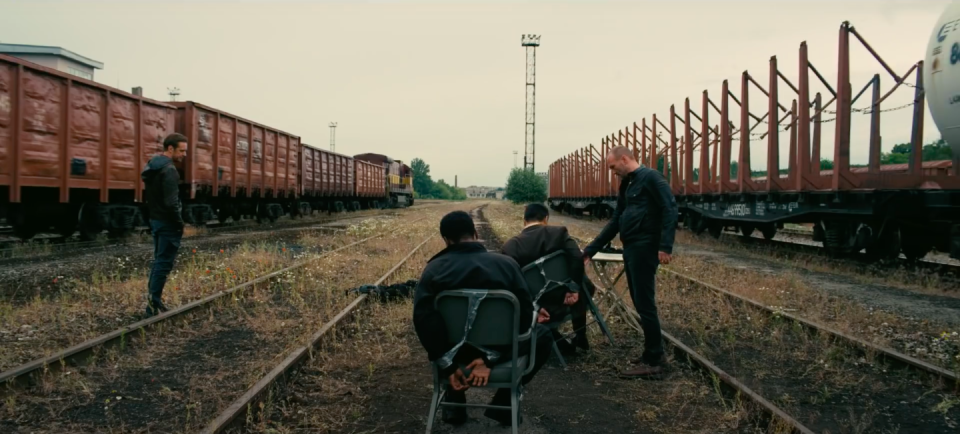
The cyanide pill does actually kill The Protagonist
After The Protagonist is captured in the opera siege at the start of the film he takes a suicide pill which we later find out is fake and has put him in a coma. However one theory suggests that, like the pill Sator later wants to take, the pill is actually real and that him taking it kills him. This would be the ending of his loop as a future version of himself dies, and would mirror the closing scene of the film as Neil dying closes his loop.
This issue with this theory is that when The Protagonist wakes up we explicitly hear that they have had to put his mouth back together after he is tortured, and with no reason to think that is a red herring it seems unlikely, satisfyingly palindromic as it might make the story.
There are parallel universes in the film
Nolan has been very clear that his film is not about time travel but about reversing the entropy of time so that it flows in another direction. With Nobel Prize-theoretical physicist Kip Thorne consulting on the film, Nolan has tried to ground the film in science rather than positing the idea we can hop in a time machine to any other point in history. His form of time inversion has raised the question of whether there are parallel universes which exists within the film with the different version of each character representing a different universe, or whether each Kat or The Protagonist exist in the same universe.
The theory that there are different universes would mean that the turnstiles serve as a bridge or wormhole between these a world where time flows normally and another where it flows in reverse. This could have been inspired by a news story from years ago which suggested there could be a parallel universe in which time moves backward. The alternate is that all of these events happen within the same universe but that the different versions of each character which pass through time in both directions are on loops which once closed happen on repeat.
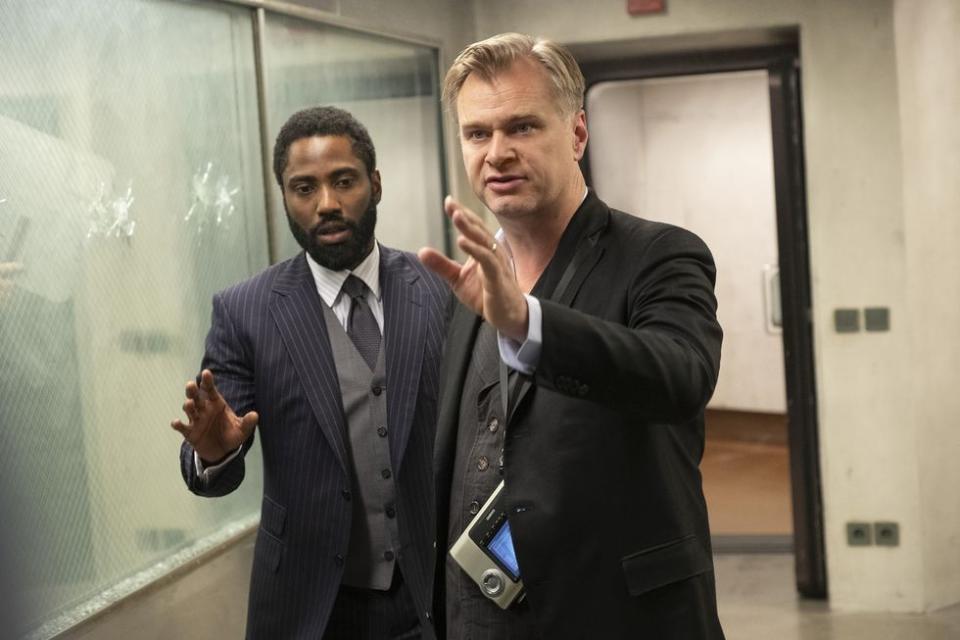
The grandfather paradox makes the whole film pointless
The line "what's happened, happened" is one that seems to play on a loop in Tenet, and though it refers to the idea that the men trying to save the world cannot fundamentally change the past, it also throws up some issues by the film's closing moments.
By the end we realise that in the future the world was always safe because The Protagonist had already gone into the past to make it so and set up Tenet at the end of his mission. Similarly the grandfather paradox, or to be more technical, the bootstrap paradox, means that the mission was always going to succeed because otherwise the past would of been erased and there would be no film. Ah, brilliant.
Tenet is out now
Like this article? Sign up to our newsletter to get more articles like this delivered straight to your inbox
Need some positivity right now? Subscribe to Esquire now for a hit of style, fitness, culture and advice from the experts
You Might Also Like

 Yahoo Finance
Yahoo Finance 